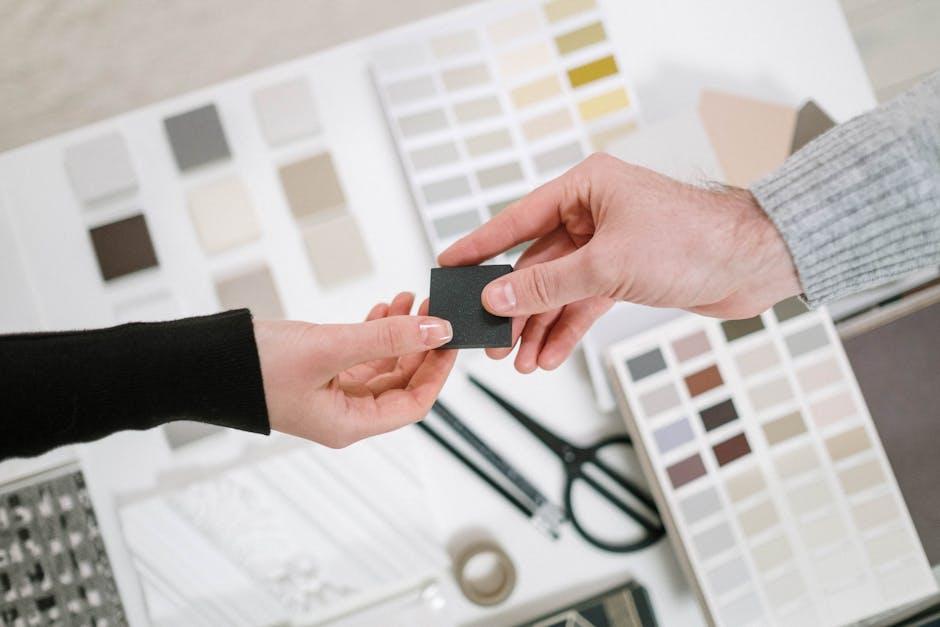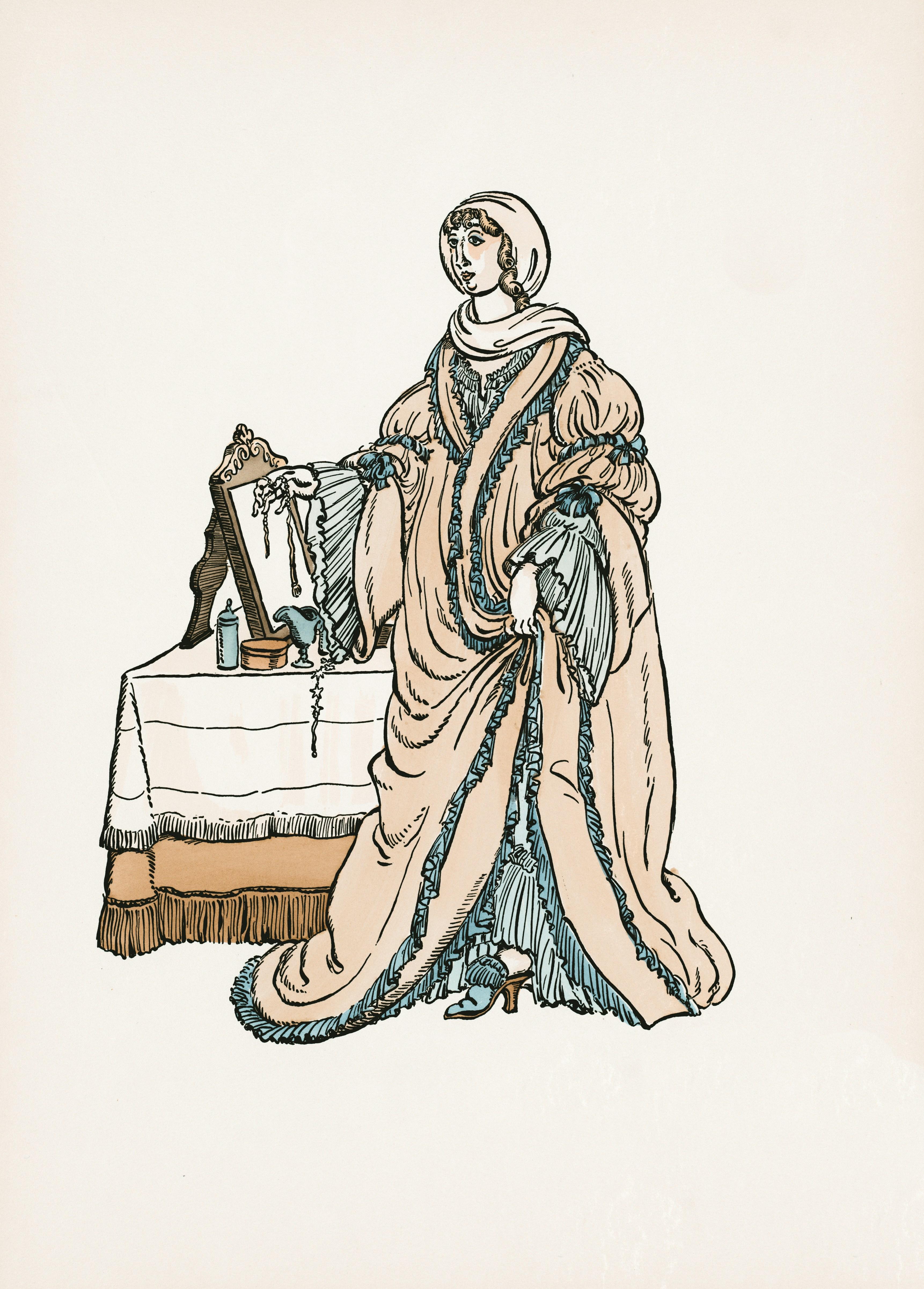In the realm of cinema, fantasy films transport audiences to worlds that defy reality, weaving narratives rich with imagination and wonder. Central to this captivating experience is the art of production design—a crucial yet often overlooked element that breathes life into these fantastical landscapes. By meticulously crafting environments, costumes, and props, production designers play a pivotal role in shaping the storytelling, influencing not only the visual aesthetic but also the narrative depth and emotional resonance of the film. This article delves into the intricate ways in which production design serves as a silent architect of fantasy storytelling, transforming the abstract visions of screenwriters and directors into tangible, immersive realities.
Crafting Immersive Worlds: The Role of Set Design in Fantasy Narratives
In the realm of fantasy films, set design is not merely a backdrop but a fundamental element that breathes life into the narrative. The visual tapestry woven by the production designer establishes the mood, atmosphere, and even the unspoken rules of the world. By crafting intricate environments, designers invite audiences to step into realms where the extraordinary becomes believable. Each detail, from the towering spires of enchanted castles to the shadowy depths of mythical forests, serves to deepen the viewer’s immersion.
- World-Building: Set design lays the groundwork for the universe, shaping everything from geography to architecture, ensuring consistency and believability.
- Symbolism: Elements within the set often carry symbolic weight, subtly reinforcing themes or character arcs.
- Emotional Resonance: The aesthetics of a scene can evoke specific emotions, guiding the audience’s emotional journey alongside the characters.
Ultimately, set design in fantasy films acts as a storyteller in its own right, conveying narrative depth and complexity through visual artistry. By manipulating space, texture, and color, production designers transform fantastical concepts into tangible, immersive experiences.

Color Palettes and Symbolism: Enhancing Emotional Depth in Fantasy Films
In fantasy films, the strategic use of color palettes plays a pivotal role in conveying the emotional undertones of the narrative. Each hue is meticulously chosen to resonate with the audience, providing a visual shorthand for the film’s themes and character arcs. Warm colors like reds and oranges often symbolize passion, danger, or transformation, while cool tones such as blues and greens can evoke tranquility, mystery, or melancholy. This deliberate selection not only enhances the aesthetic appeal but also deepens the emotional engagement, allowing viewers to subconsciously interpret complex story elements.
- Red: Represents power, love, or impending conflict.
- Green: Often linked to nature, growth, or enchantment.
- Blue: Conveys calmness, sadness, or isolation.
- Gold: Symbolizes wealth, grandeur, or divine intervention.
By leveraging these symbolic associations, filmmakers can subtly guide the audience’s emotional responses, enriching the storytelling experience. The use of contrasting colors can also highlight conflicts or dualities within the plot, creating a dynamic visual tension that mirrors the narrative stakes. This nuanced approach to color not only crafts a visually captivating world but also embeds layers of meaning that resonate long after the credits roll.

Costume Design as Character Development: Telling Stories Through Wardrobe
In fantasy films, the costumes are more than mere garments; they are an integral part of character development and storytelling. Each stitch, fabric choice, and accessory is meticulously chosen to reflect the persona and journey of the character. A hero’s transformation might be symbolized through the evolution of their attire, from humble beginnings in simple, muted tones to regal, intricate designs as they embrace their destiny. Conversely, a villain’s descent into darkness could be highlighted through increasingly elaborate and shadowy costumes, signaling their growing power and menace.
Costume designers utilize color palettes, textures, and styles to convey subtle nuances of character and plot. Consider how a protagonist’s shift from vibrant colors to somber shades can mirror their internal struggles or how the use of rich fabrics and ornate details can denote nobility or deceit. Key elements often include:
- Color symbolism: Reflects emotions and themes.
- Texture and fabric: Indicates status and environment.
- Silhouette and style: Suggests time period and character evolution.
Through these creative choices, costume design becomes a silent narrator, enhancing the depth and dimension of the fantasy world.

Integrating CGI with Practical Effects: Achieving Seamless Visual Storytelling
In the realm of fantasy films, the fusion of CGI and practical effects can create a captivating visual narrative that feels both magical and authentic. When these elements are skillfully integrated, they not only enhance the visual spectacle but also deepen the audience’s emotional connection to the story. The key to achieving this seamless integration lies in the meticulous planning and execution by the production design team, who must balance the digital and physical components to maintain a cohesive visual language.
Consider the following strategies employed by successful fantasy films:
- Layering CGI over Practical Sets: By building tangible sets and using CGI to expand or enhance them, filmmakers ensure a realistic grounding that maintains audience immersion.
- Utilizing Physical Props: When actors interact with real objects, it adds a tangible quality that CGI alone might lack, fostering a more genuine performance.
- Consistent Lighting: Matching lighting conditions between CGI and practical elements ensures that the visual tone remains uniform, avoiding jarring transitions.
These techniques, when thoughtfully executed, result in a harmonious blend of technology and craftsmanship, allowing the fantastical elements to serve the story rather than overshadow it.

